
"The Luncheon" for Detroit's Black Leadership
Convened in 2012 At the Black-owned Double Tree Hotel in Downtown Detroit
Honorary Hosts
Rory Gamble, Director, UAW Region 1A
Shirley Stancato, New Detroit, Inc.
Ron Hewitt, Black Slate Inc.
Bill Ross, Booker T. Washington Business Association
Al Garrett, President, AFSCME Council 25
Donnell White, Detroit Branch NAACP
Rev. David Bullock, Rainbow PUSH Coalition, Detroit
Rev. Dr. Robert Brumfield, Oak Grove AME Church
Louis Green, Michigan Minority Supplier Development Council
Kenneth Harris, Michigan Black Chamber of Commerce
J.L. Dumas, National Association of Minority Contractors
Rev. Charles E. Williams II; President National Action Network Detroit
Honorable Alma G. Stallworth, Founder, Black Caucus Foundation of Michigan
Sponsored by Utility Services of America on its 20th Year as
America’s 1st African American-owned Overhead and Underground
Electric Utility Contracting & Holding Company
Guest Speaker: Dr. Claud Anderson
While President Obama “masterfully” led the rescue of the American economy and auto industry, predominately African American cities like Detroit were experiencing a horrible growth in their misery index resulting from disastrous federal, and state polices enacted prior to his Presidency. Many of these communities like Detroit were also experiencing the beginning of an unprecedented era of reclamation by populations and businesses that were discovering the newfound value in low cost downtown and chic urban residence addresses. Chairman Stallworth believed deeply in the need articulated by the Obama Administration for the assembly of “critical thinkers” to address the complex and exponentially growing gaps in education, employment, home ownership, health, community life quality and wealth. To that end “The Luncheon” was organized as a gift to the community from Utility Services of America on its 20th Anniversary in an attempt to refocus, target and unify Black leadership around common objectives that would assure continuation of the community characteristics that made Detroit unique nationally in the progressive development of Black People.
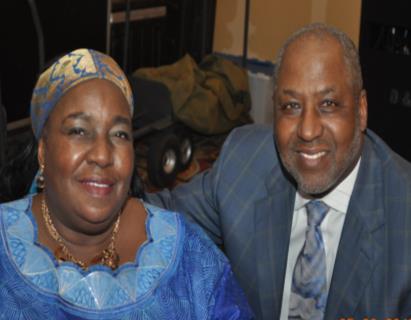
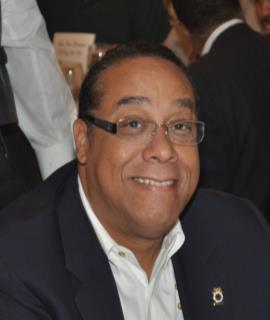
Somehow Detroit would have to come to grips with the national economics that were propelling a new resident and business domicile demography that threatened to make traditional constructs of upward mobility access and community control extinct. Immediate and urgent creation of vehicles for Black investment in real estate resulting in revenue streams to address the impediments to employment and wealth were paramount as the clock was ticking for urban America to gain economic control over their environment or to identify allies willing to assist them in replacing diminishing financial resources while at the same time buying time to turn the tide of adverse gentrification. This was both the challenge and conundrum “The Luncheon” would explore, which ultimately lead to Chairman Stallworth authoring “The African American Commerce Initiative”. Among those things of critical importance were creating a pathway for a new Black entrepreneurial class stemming from the provision of advance skill training accessed through public instruction, creation of new points of capital access for homeownership and business enterprise, and parlaying physical and financial infrastructure skills into commerce and intergenerational wealth expansion and retention opportunities in Africa.
From senior executives of Michigan’s electric utility industry to the leadership of the Black business and cultural community, the “The Luncheon” was a moment of unity that “put candy in the medicine” of the powerful exchange. A rare moment in time when Black entrepreneurs, corporate executives, public servants, conservatives, nationalists and social activists could have the “no fault a brutally honest discussion” on their reality, and needed strategic action to elevate life quality, self-determination and full participation in American life. While “the work” would require brilliant herculean efforts, the symbolism of “The Luncheon” was the fuel necessary to create the first State Action Council.
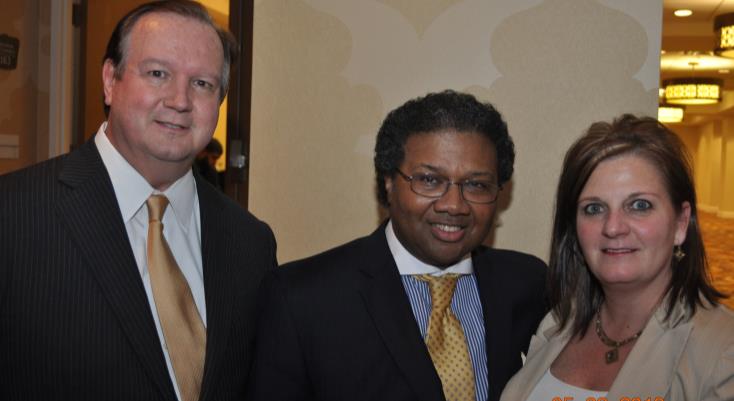
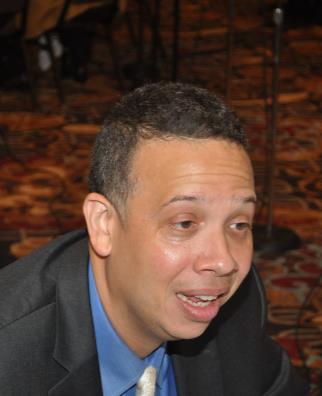
From the most talented and brilliant in government and finance, to the seasoned, experienced and faithful that paved the way to today’s opportunities, the celebration was a unification of multigenerational Black Excellence. The “Call to Action” made by President Obama to “find a way” to bring together the vast wealth and knowledge with the Black Community to design, develop and implement programs and strategies to solve the life quality in inner cities across America, as well as the obstacles to opportunity for the African American was a call all agreed must be answered.
While the accolades for Chairman Stallworth and acknowledgement of the industry contributions of Utility Services of America were important, “the day” is remembered for providing Michigan’s African American Thought Leaders with the stimulus to create the first State Action Council. The success of the Council’s future efforts would take an unshakable commitment from both African Americans and Allies to drive a narrative that would advance skilled employment, entrepreneurship and paths to economic opportunity and prosperity for African Americans. As the U.S. Department of Transportation is the only federal agency that legally requires States to establish goals for minority, disadvantaged and women-owned business enterprise participation the consensus was to focus on developing policies and programs that would advance both minority craft and contractor access in this sector, and to leverage success into others.
Historically, the federal government has turned to investment in infrastructure: roads, bridges, tunnels, electric and gas distribution systems, and water and sewage systems, as a path to stimulation of the economy. Indeed, “true freedom” for the African American can only come from an ability to skillfully build the kind of quality infrastructure that assures a community that can not only survive but thrive. The ability to build and finance quality vertical and horizontal infrastructure critical to 21st century life and beyond would therefore be an underpinning goal for the work of the State Action Council that would run parallel to the importance of advocating for “cultural inclusion and truth” as well as “the moral cause of just recompense” in the public instruction of “the American story”.
While African Americans have made tremendous strides in gaining membership in government and automotive related collective bargaining units, membership in the building and construction trades historically has been elusive. Incremental progress in the vertical building and construction trades while slow has progressed. However, most federal infrastructure investment is in horizontal construction and maintenance, and many of those trades have maintained an unwritten policy to restrict African American membership. While little focus is given to the restriction of African American access to jobs and contracts in building and maintaining America’s infrastructure, Michigan’s African Thought Leaders understood that it was one of the most significant structural barriers to the full participation of African Americans in the jobs and business enterprises that are created and maintained from taxes collected on wages; as investment in infrastructure is the critical component of any federal job creation policy.
To address the social challenges facing African Americans Chairman Stallworth asserted that multiple vertical economic eco-systems would have to be created that would run counter to the narratives that historically were used to maintain the status quo of limited access and participation. The core “freedom essentials” articulated by W.E.B. Dubois and Booker T. Washington would with modification be the guide to progress. The founders of the first State Action Council believed that the core elements of their philosophies “together” would produce a self-sustaining path to competitive upward mobility for the African American that ultimately would be accepted by society for its tangible societal and economic benefits or result in the African American’s gravitation toward skill deployment and the wealth opportunities associated with the development of infrastructure, commerce and industry in Africa.

While the founders of the State Action Council believed that Booker T. Washington was right in his assessment that African Americans needed to master self-help skills associated with building their own business and economic infrastructure, they disagreed with the premise that it should be done as a means to earn the acceptance and respect of White America. Instead, they believed it should be done to create a replicable path to Black economic security and empowerment that also would position them to gain “equitable two-way participation in the federal tax collection and revenue distribution system”. As full citizens the African American not only is entitled federal support of home ownership opportunity, but also the right to build and sell homes. They should not only be free to drive federally funded highways but should also be afforded equitable participation in building them. Thus Dr. Washington’s assertion that masterly identified skilled occupations as a critical element of achieving Black social and economic progress was from the
lens of the founders not just accurate but essential.
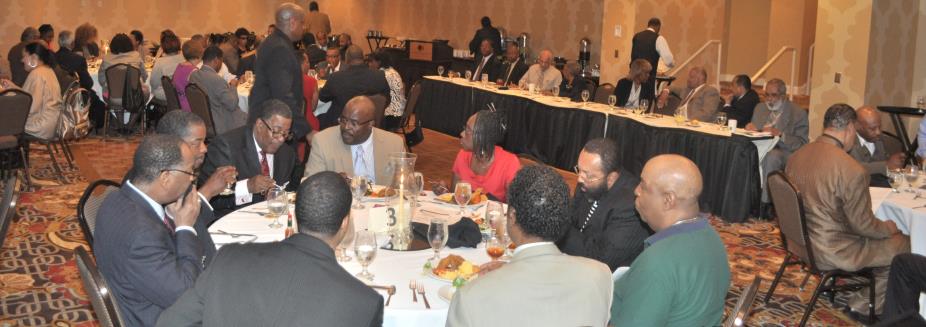
While the founders also believed that the importance W.E.B. Dubois placed on political action was as important as ever, they expanded his premise of “the best and brightest” beyond the college educated to include the “historically grounded and culturally committed”, as only a group such as this could simultaneously eliminate barriers to opportunity while creating and executing them. Their premise would be that it would take both vertical social and economic growth driven by expanded horizontal growth in skilled careers and business, and inside “establishment” vertical growth and mastery of vertical entrepreneurship, commerce and trade to free, empower and protect the African American as a “full citizen of the United States with ALL of the associated rights and benefits”. The founder’s amplified belief in the premise of Dr. DuBois and their belief in African American Exceptionalism
became a cornerstone of the synopsis of patriotism associated with the creation of the African American Commerce Initiative.

The complex vertical and horizontal model and interrelated implementation requirements of the African American Commerce Initiative would challenge and seek to redesign the delivery of inner-city career technical education to advance craft skills that could be used at the micro level to rebuild neighborhoods and at the macro level to build infrastructure. It would challenge the “helpless” narrative promoted by numerous poverty programs through the implementation of “tool-based” selfhelp and personal responsibility support systems. It would challenge funders of workforce development agencies to discontinue funding based on numbers trained versus numbers placed in jobs or that successfully opened businesses after training. It would attempt to slow the artificial increase in housing costs associated with strategies that push the underemployed and disadvantaged out of their homes by targeted area instead of investing in targeted areas to acquire resources to support the less affluent. It would focus on behavioral health that encompassed not only physical, mental and financial health, but also the adaption of culturally conscious historically Black college students into a cadre of future leaders to drive the future success of the model. Armed with these elements and the successful execution of a Federal Highway approved waiver for the Michigan Department of Transportation to pilot the use of “Best Value Procurement” for the M-39 Reconstruct, the first State Action Council Meeting staffed buy the Black Caucus Foundation of Michigan and Foundation Institute met in Washington in 2013. The meeting would be the first of an Annual Policy Meeting held in September at the White House to discuss goals, progress, opportunities, challenges, obstacles, resource alignment, strategies and tactics.
